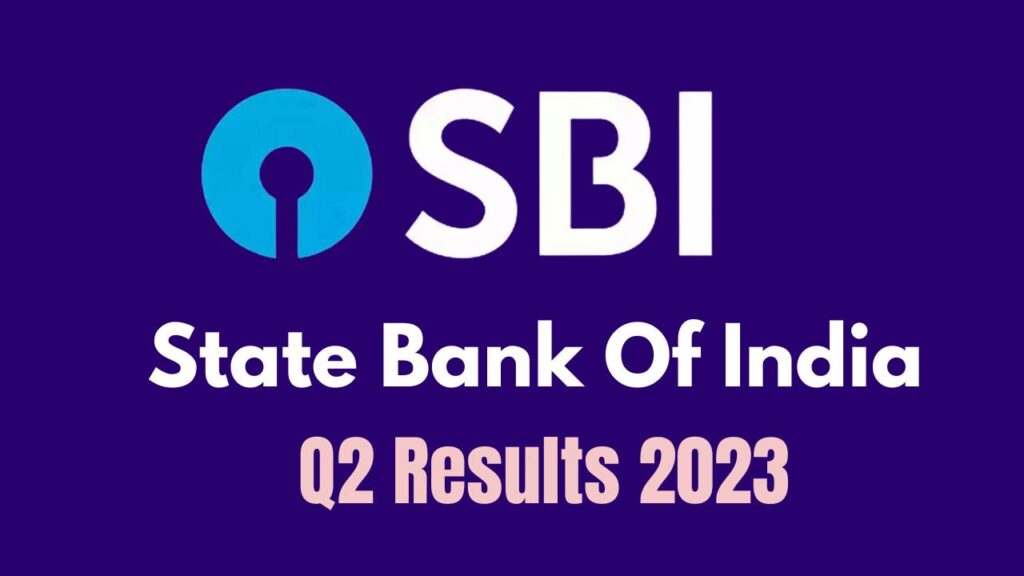The State Bank of India, our country’s major banking leader, has shared its earnings report for the second quarter (July to September) of the fiscal year of 2023. This period has witnessed SBI achieving a steady profit growth, with an 8% year-on-year increase. The growth comes from the bank’s core business of lending, where it earns more interest than it pays out.
However, SBI’s operating profits have experienced a slight decline due to increased provisions for employee benefits. The asset quality has improved, reflecting a lower volume of bad loans. Yet, despite these solid fundamentals, the stock market’s reaction has been lukewarm, suggesting that investors might be cautious or have had higher expectations.
SBI Q2 Revenue and Net profit

| Financial Metric | Amount (in Rs) | Year-on-Year Change |
|---|---|---|
| Net Profit | 14,330 crore | 8% increase |
| Net Interest Income (NII) | 39,500 crore | 12.27% increase |
| Operating Profits | 19,416 crore | Decrease from Q2FY23 |
| Non-Interest Income | 10,890 crore | Sequential decrease |
| Advances | 34.11 trillion | 12.39% increase |
| Total Deposits | 46.89 trillion | 11.91% increase |
| CASA Ratio | 41.88% | Decrease from the previous year |
| Gross NPA Ratio | 2.55% | Improvement from 3.52% |
| Net NPA Ratio | 0.64% | Improvement from 0.80% |
| Provision Coverage Ratio | 91.93% | Improvement from 91.54% |
SBI reported an 8% increase in net profit, reaching Rs 14,330 crore for Q2FY23. This improvement comes on the back of a 12.27% year-on-year increase in net interest income, which stands at Rs 39,500 crore. Despite these gains, the operating profits showed a decline to Rs 19,416 crore, impacted by higher provisions for a suggested salary increase and pension payments.
Also Read
The bank’s total revenue saw an increase, supported by net interest income. On the asset front, the bank’s advances expanded by 12.39% to Rs 34.11 trillion, with notable growth in both retail and corporate loans.
Asset Management
SBI’s total advances grew by 12.39% year-on-year to Rs 34.11 trillion, with the domestic retail loan book expanding by 15.68% and corporate loans by 6.62%. Deposits increased by 11.91% year-on-year to Rs 46.89 trillion, but the share of low-cost deposits (CASA) declined to 41.88% from 44.63% the previous year.
The provisions for non-performing assets fell by 9.75%, and the gross NPA ratio improved significantly to 2.55%. This is a strong indicator of the bank’s improved risk management and credit practices.
Provision Coverage Ratio and Solvency ratio
The PCR is an important indicator of the bank’s preparedness for covering bad loans. SBI’s PCR improvement to 91.93% is commendable, suggesting a strong protector to absorb potential losses from NPAs.
Solvency ratios, like the Capital Adequacy Ratio (CAR), measure the bank’s ability to meet long-term debt obligations and other risks. SBI’s CAR at 14.28% signifies a solid capital reserve, well above the regulatory requirements, ensuring financial stability.
Market reaction
After the release of the Q2 results, SBI’s shares traded 0.43% lower at Rs 576.65 on the BSE, underperforming in a market that was otherwise firm. This slight decline came despite the bank reporting great growth in net profit and a reduction in loan loss provisions.